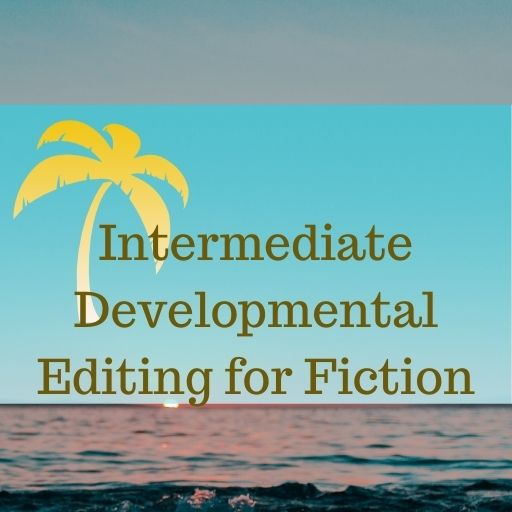Creating a cohesive developmental edit
The goal of every editor should be that of providing a cohesive developmental edit for a manuscript.
A lot of the skill in developmental editing is just keeping your mouth shut. Not every single thing you notice needs to be commented upon. It doesn’t make the author’s revision go more effectively when you’re nitpicking about a hundred unrelated problems.
Pick a few problems that, if addressed, would make a significant difference to the ms and focus on those. Even better if you can shape those into a coherent, cohesive overall edit.
For example, maybe the plotting feels implausible, maybe the protagonist’s character arc is flat, maybe you have trouble feeling immersed in the story world, maybe you don’t really get a sense of who the protagonist is at all.
Cohesive developmental edit example
These are different problems that could be addressed in the DE, but imagine if you could link them together: these are all problems that ultimately relate to how the protagonist is drawn.
*If the protagonist is not driving story events and acting and reacting to what happens, then the plotting will feel implausible because the author is just shoving the protagonist around the plot like a chess piece.
*If the character arc is flat, we’re not as invested in the protagonist.
*If the protagonist is the viewpoint character and we’re not experiencing the story world through their perspective, we’re going to have trouble feeling immersed in the story world.
*And, finally, if the author hasn’t drawn the protagonist clearly, we’re not going to get a sense of who they are at all.
The positive spin on a cohesive developmental edit
Imagine the author receiving a cohesive edit that says, “the main thing to address is the protagonist.” And then supplies recommendations.
Versus an edit that says, “There are problems with the plotting, there are problems with the character development, there are problems with the setting.”
One feels a lot more overwhelming than the other, but both address the same issues.
Other Helpful Content
The Fine Art of Copyediting Fiction
When copyediting fiction, it’s common to run up against issues that pit author preference against standard editing approaches. For example, in a story I wrote some years ago, the main character’s neighbor is referred to as “3-B” as that is her apartment number and the MC doesn’t know her name. Fine. She can be referred…
Let the manuscript teach you how to edit it
One of the lessons I’ve learned over many years of editing is that you have to let the manuscript teach you how to edit it. Every manuscript is different and every manuscript needs a different touch. Even when an author does something I’ve seen many times before, I have to edit for that particular manuscript,…
Helping Authors Strengthen Story Settings
The setting of a novel consists of multiple elements, big and small, that nest inside each other like those little Russian dolls. We might show this hierarchy of settings like so: If you think about it, the micro setting of “the living room of 601 San Mateo Road Apartment 16” implies the existence of all…
Join the Club!
New to story editing? Begin at the beginning.






